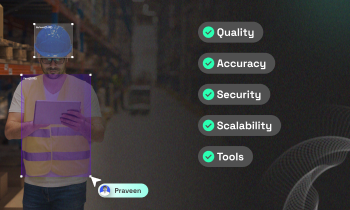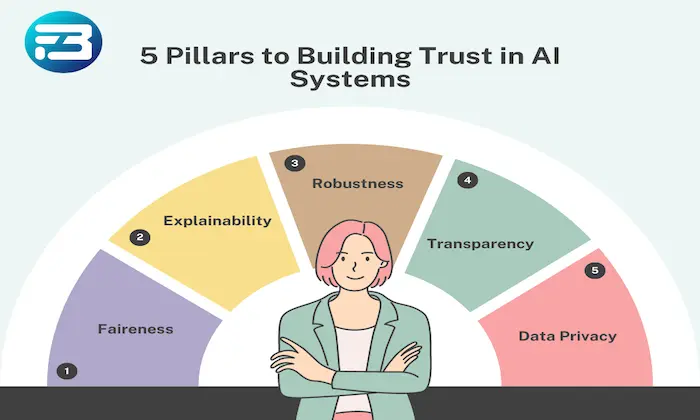How is PHI (Protected Health Information) masked in transcripts in doctor–patient conversations?
Data Masking
Healthcare
Speech AI
Ensuring patient privacy in healthcare data is critical, particularly during doctor-patient interactions. Masking Protected Health Information (PHI) in transcripts is essential to comply with privacy regulations while facilitating the development of AI applications in healthcare.
The Importance of PHI Masking
PHI masking is the process of removing or altering sensitive patient information in audio recordings and transcripts. This includes personal identifiers like names and addresses, ensuring the dataset maintains clinical context for AI training while protecting patient identities.
Why PHI Masking Matters:
- Patient Data Confidentiality: Protects individual privacy, fostering trust between patients and healthcare providers.
- Data Privacy Compliance: Adheres to regulations like HIPAA, safeguarding organizations from legal penalties.
- AI Healthcare Applications: Enables the use of data in developing AI models without compromising patient safety.
Steps in PHI Masking
PHI masking involves several steps to ensure data is both useful and secure:
- Anonymization of Identifiers: Direct identifiers are replaced with placeholders, like [NAME], [ADDRESS], etc.
- Beep Masking in Audio: In audio recordings, any accidental mentions of personal information are masked with a beep, ensuring sensitive data is silenced but the conversation flow remains intact.
- Contextual Data Replacement: Indirect identifiers, such as rare diseases or unique circumstances, are described broadly to reduce identification risk.
- Review and Quality Control: Transcripts undergo quality checks for linguistic accuracy and medical expert validation to ensure anonymization while retaining clinical relevance.
Challenges in Effective PHI Masking
Balancing data integrity with privacy is a key challenge in PHI masking. Over-masking can strip valuable context, whereas under-masking risks privacy breaches. Implementing robust protocols requires resources, both in time and technology, to ensure compliance with evolving regulations.
Real-World Impacts & Use Cases
Masked PHI datasets enable the development of AI systems that can enhance patient care through applications like:
- Conversational AI: Improving virtual health assistant interactions.
- Clinical Summarization: Automating the summarization of patient visits.
- Empathy Detection: Training models to understand and respond with empathy in patient communications.
Common Missteps and Implications
- Inconsistent Application: Applying masking inconsistently across datasets can lead to data breaches. A consistent framework is crucial.
- Neglecting Indirect Identifiers: Overlooking indirect identifiers can still pose privacy risks. Comprehensive approaches must address both direct and indirect identifiers.
- Inadequate Review Processes: Insufficient review can compromise data quality. Thorough examination by qualified personnel ensures effective masking.
Building Trust with FutureBeeAI
At FutureBeeAI, we prioritize ethical data practices and privacy compliance in our data collection and annotation processes. Our expertise in crafting medically rich, realistic datasets aids the development of next-generation healthcare AI systems. For projects requiring scalable, compliant datasets, FutureBeeAI offers tailored solutions that align with your AI objectives.
Smart FAQs
Q. What technologies are commonly used for PHI masking?
A. Common technologies include automated algorithms for identifying and replacing sensitive data, alongside manual reviews to ensure accuracy and context retention.
Q. How does PHI masking impact AI model training in healthcare?
A. PHI masking ensures compliance and confidentiality while maintaining enough context for effective AI model training, balancing privacy with data utility.
What Else Do People Ask?
Related AI Articles
Browse Matching Datasets
Acquiring high-quality AI datasets has never been easier!!!
Get in touch with our AI data expert now!








